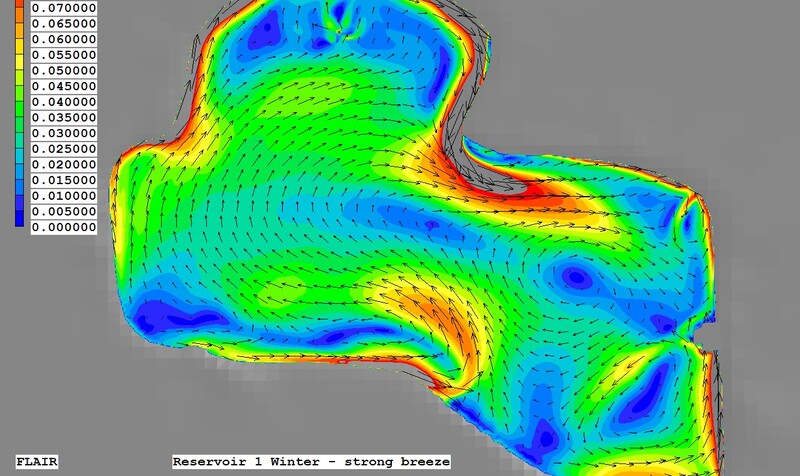3-D flow questions answered
WRc offers CFD modelling to diagnose problems with the hydrodynamics of all kinds of vessels, including settling tanks, bankside storage, service reservoirs, as well as contact tanks for disinfection, wet wells and Combined Storm Overflow (CSO) chambers.
Our team of specialist modellers in water supply systems, microbiology and treatment processes, using a range of third party and open-source CFD packages, help our clients to:
- Improve asset performance, thus maximising energy efficiency through modified design.
- Inform asset design to avoid costly re-engineering.
- Diagnose and model solutions for flow and water quality problems, including microbiological failures.
- Minimise environmental impact using improved CSO design.






